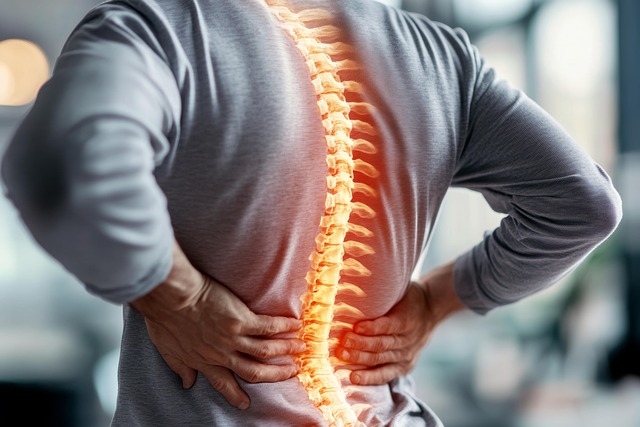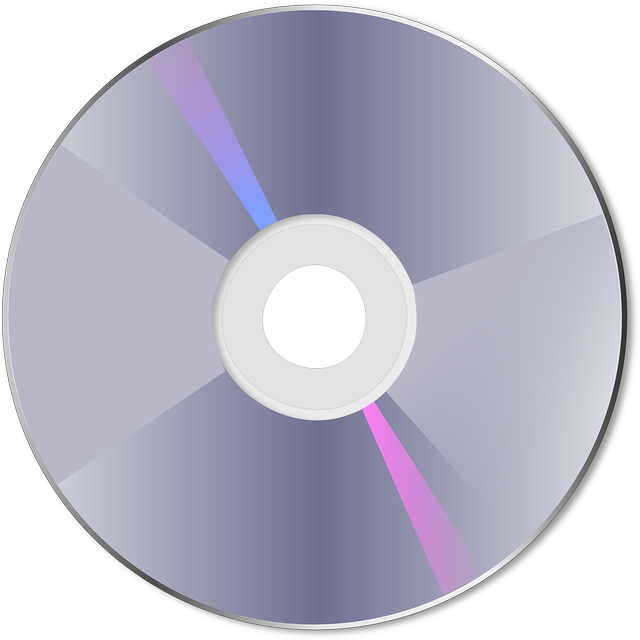Lumbar disc injuries after car crashes often lead to herniated or bulging discs, causing pain and mobility issues. Chiropractic management offers a non-invasive treatment approach, utilizing spinal adjustments, exercises, and stretches to reduce inflammation, promote healing, and enhance spinal health. This method aims to alleviate symptoms and prevent future complications related to herniated discs post-car crash, making it a popular and effective choice for victims of auto injuries, especially when combined with rehabilitation strategies like maintaining good posture, regular core exercises, and ergonomic habits.
“In the aftermath of a car crash, lumbar disc injuries can cause significant discomfort and long-term effects. This article guides you through understanding these injuries, specifically focusing on chiropractic management strategies for herniated discs. We explore effective treatments, including adjustments and specific exercises, tailored to alleviate post-auto injury pain. Additionally, discover rehabilitation and prevention tips for maintaining long-term relief and enhancing your overall well-being. For a comprehensive approach to managing lumbar disc issues post-car crash, read on.”
- Understanding Lumbar Disc Injuries Post-Car Crash
- Chiropractic Management Strategies for Herniated Disks
- Rehabilitation and Prevention Tips for Long-Term Relief
Understanding Lumbar Disc Injuries Post-Car Crash

Lumbar disc injuries are a common outcome of car crashes, often resulting from the sudden impact and forceful movements experienced during a collision. The lower back, or lumbar region, is particularly vulnerable to such injuries due to its role in supporting the upper body and facilitating movement. In the aftermath of a car crash, it’s not uncommon for individuals to suffer from herniated or bulging discs, where the soft inner nucleus pushes through a tear in the outer ring. This can lead to pain, numbness, or weakness in the legs and buttocks, impacting mobility and daily activities.
Chiropractic management plays a crucial role in treating lumbar disc injuries post-car crash. Chiropractors employ various techniques, including spinal adjustments, to alleviate pressure on the affected discs and reduce inflammation. They may also recommend specific exercises and stretches to strengthen the back and core muscles, promoting better posture and stability. The goal is to help the body heal naturally while improving overall spinal health to prevent future complications.
Chiropractic Management Strategies for Herniated Disks

Chiropractic care is a common and effective approach to managing lumbar disc issues following an auto injury, especially for those with herniated discs. Chiropractors employ various non-invasive techniques tailored to alleviate pain and promote healing. Adjustments to the spine, also known as manipulation, are a core strategy. These precise movements aim to restore joint function, reduce pressure on affected nerves, and encourage the body’s natural healing response.
In the post-car crash scenario, chiropractic management focuses on addressing spinal misalignments caused by the impact. Through specialized adjustments, chiropractors can help alleviate the pain and inflammation associated with herniated discs. Additionally, they may incorporate other modalities like heat/ice therapy, electrical stimulation, and specific exercises to enhance healing and restore strength and flexibility in the affected area.
Rehabilitation and Prevention Tips for Long-Term Relief

Rehabilitation and Prevention play a pivotal role in managing lumbar disc issues following an auto injury, particularly a crash. Chiropractic management is often a key component of recovery, offering gentle adjustments to alleviate pressure on affected discs and promote healing. This holistic approach not only provides short-term pain relief but also equips individuals with tools for long-term wellness.
To prevent future episodes, patients should focus on maintaining good posture during daily activities and while driving. Regular exercise targeting core muscles can strengthen the spine and support the discs. Additionally, adopting ergonomic habits at work and home, such as using appropriate lumbar support in chairs, can significantly reduce the risk of exacerbating herniated discs post-car crash.
In light of the above discussions, managing lumbar disc injuries post-auto accident requires a multifaceted approach. Chiropractic management strategies, such as adjustments and specific exercises, can effectively alleviate pain and improve mobility for herniated discs. Additionally, rehabilitation and prevention techniques play a crucial role in ensuring long-term relief. By combining these methods, individuals can navigate their recovery journey and reclaim their active lifestyles. For optimal results, consider seeking professional care from chiropractors who specialize in managing post-car crash injuries, focusing on chiropractic management of herniated discs.














